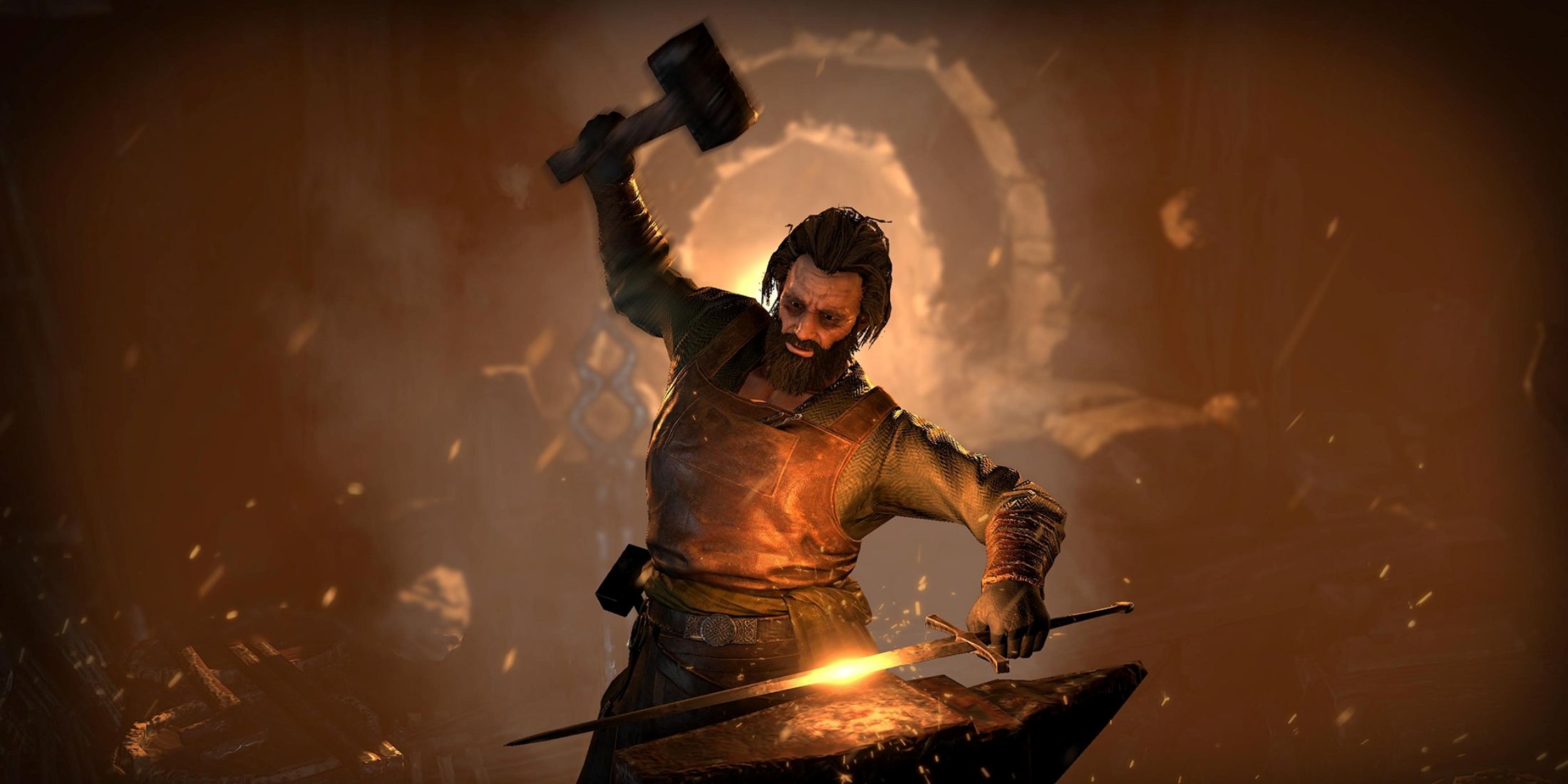The ongoing evolution of the Diablo franchise has reached a pivotal moment as Diablo 4’s game director Brent Gibson firmly defends the controversial decision to include mandatory multiplayer content in the game’s latest Vessel of Hatred expansion. This marks a significant departure from the series’ traditional approach of keeping multiplayer entirely optional, igniting a passionate discussion within the gaming community about the future direction of this beloved action RPG franchise.
The controversy centers around the Dark Citadel dungeon, an endgame challenge that represents the first instance in Diablo’s history where players must team up to tackle content. This decisive shift has created a rift in the community, with solo players expressing concern about being pushed outside their preferred playstyle. However, Gibson remains resolute in his vision, explicitly stating in a recent Polygon interview that he’s “sticking to his guns” on this design decision.
Gibson’s stance reflects a broader recognition of evolving player demographics and gaming trends. He particularly emphasizes the growing segment of gamers who view multiplayer as their primary, if not exclusive, way to experience games. This perspective acknowledges a significant shift in gaming culture, where social interaction has become increasingly central to many players’ experiences.
The development team has attempted to balance this innovation with player choice by ensuring the Dark Citadel isn’t essential for optimal character progression. Rod Fergusson, Diablo’s general manager, elaborates on this point by highlighting the game’s diverse endgame content. Players can engage with various activities, from Nightmare Dungeons to Infernal Hordes, without feeling compelled to participate in multiplayer content to remain competitive.
This design philosophy represents a careful calibration between innovation and tradition. The game now includes a Party Finder function to facilitate group formation, demonstrating the developers’ commitment to supporting this new direction while maintaining accessibility. This feature aims to reduce the friction often associated with finding compatible players for group content.
The reception of the Dark Citadel has been mixed but notably positive among those who have embraced its multiplayer challenge. Gibson’s confidence in the feature stems from this positive feedback, suggesting that while the change may be controversial, it has successfully created engaging experiences for its target audience. This success appears to have reinforced the development team’s commitment to exploring new directions for the franchise.
The situation reflects a broader industry trend where traditionally single-player experiences are being reimagined to incorporate more social elements. However, Diablo 4’s approach is particularly noteworthy as it maintains a robust single-player experience while carving out specific spaces for mandatory multiplayer content. This hybrid approach could serve as a template for other games struggling to balance similar competing interests.
Looking ahead, Gibson’s comments suggest that this might not be the last time Diablo 4 experiments with mandatory multiplayer content. The team’s commitment to watching and gathering feedback on the Dark Citadel indicates a willingness to refine and potentially expand upon this concept in future updates. This ongoing evolution of the game’s design philosophy could signal a broader shift in how traditional action RPGs approach multiplayer integration.
The controversy surrounding the Dark Citadel ultimately highlights the challenges developers face when evolving long-standing franchises. As gaming continues to become more social, the tension between preserving traditional single-player experiences and embracing new multiplayer paradigms will likely remain a critical point of discussion in game design. Diablo 4’s bold step into mandatory multiplayer content may well serve as a case study for how other developers approach this balance in the future.
















Add Comment